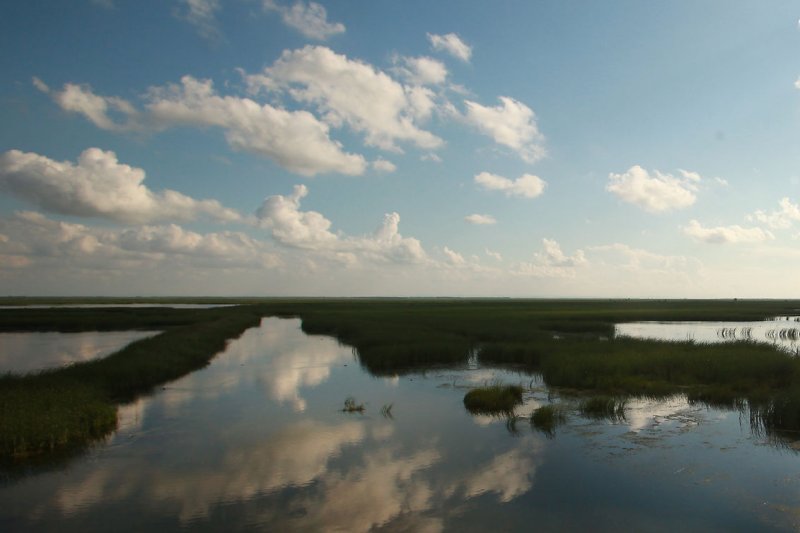WASHINGTON, June 26 (UPI) -- Forests, wetlands and other ecosystems in the eastern United States naturally store close to 15 percent of the national emissions each year, a study finds.
The U.S. Geological Survey published a study showing eastern ecosystems can store 1.1 billion tons of carbon dioxide each year. That's about 15 percent of what the Environmental Protection Agency estimates the country emits each year, or roughly the annual emissions from U.S. automobiles.















